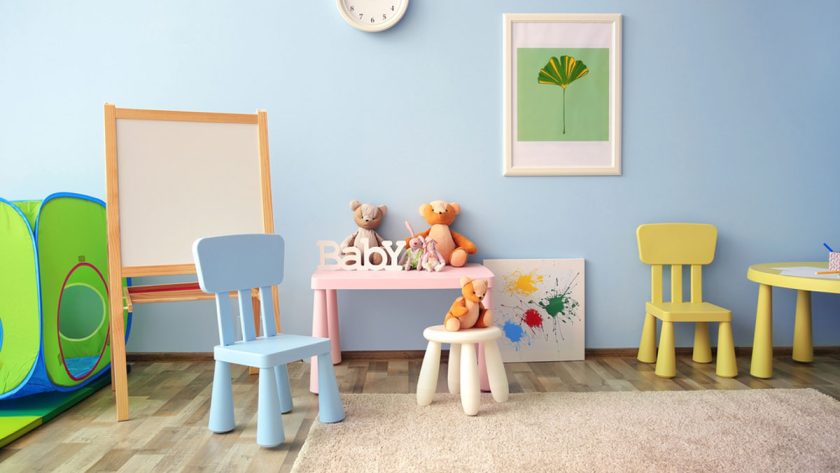Painting your interior walls may be a difficult chore for any do-it-yourselfer. To help you with your DIY painting project, we selected our favourite painting and decorating suggestions from our London-based staff. Continue reading to find out more about their favourite painting shortcuts. Don’t scrimp on supplies – It’s true that you get what you pay for when it comes to painting supplies. Inexpensive paint is more prone to crack and peel and the cheapest paintbrush from the hardware store will result in uneven walls. Make an upfront investment in top quality paint and brushes to avoid the necessity for painting contractors with Painter and decorator later on.
Make use of a coloured primer
Applying a primer will provide you with the ideal canvas for painting. Priming your walls first prevents imperfections such as filled holes and fractures and scuff marks from showing through your paint finish. Primer is especially necessary when transitioning from a dark to light colour or painting a porous wall.
Put your paint in a box
Professional painters and decorators’ best-kept secret is boxing paint. Boxing is the process of combining many cans of the same colour paint in a bigger bucket. Experts use this to avoid colour discrepancies, which occur when the same colour varies between cans.
Clean unclean walls

Cleaning your walls before painting can ensure that your new coat of paint adheres to the wall. The simplest method is to apply a degreaser, particularly on kitchen walls, light switches, and scuffed areas. Because degreaser is corrosive, use rubber gloves and wear eye protection.
Apply painter’s tape
Usually people use masking tape before painting to prevent extra paint from ruining the skirting and cornices. Blue painters tape is recommended by our painters and decorators because it does not buckle and may be left on for days before being readily removed. Use a putty knife to prevent paint from bleeding through during application.
Fill gaps and sand away imperfections
Any faults on your walls before painting with Painter and decorator can detract from the final appearance of your paint work. Any lumps will be flattened down by sanding with fine-grit sanding paper, especially around nail holes and trims. Similarly, failing to patch up hairline cracks now could result in your fresh paint coat crumbling later.





